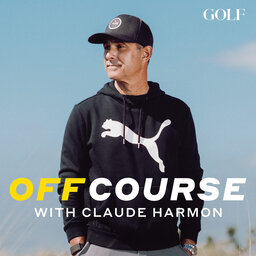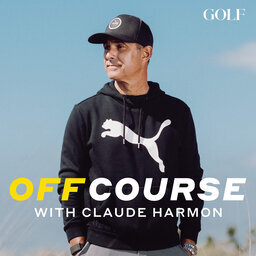Dave Phillips Interview: Jon Rahm — his game, ascension to World No. 1, relationship with Phil and what amateurs can learn from his swing
The last time the TPI co-founder was on the podcast was to discuss all things Phil Mickelson. Now, Dave is back to dive into another client — Jon Rahm. The World No. 1 broke through last year with his U.S. Open win at Torrey Pines. Find out how he managed to switch nearly-all his equipment so effortlessly in 2021, his mental fortitude, what amateurs can learn from his swing and what he's learned from Phil Mickelson. Plus, Dave and Claude analyze the 2022 major schedule and what courses suit Rahm's game for another successful season.
 Off Course with Claude Harmon
Off Course with Claude Harmon


